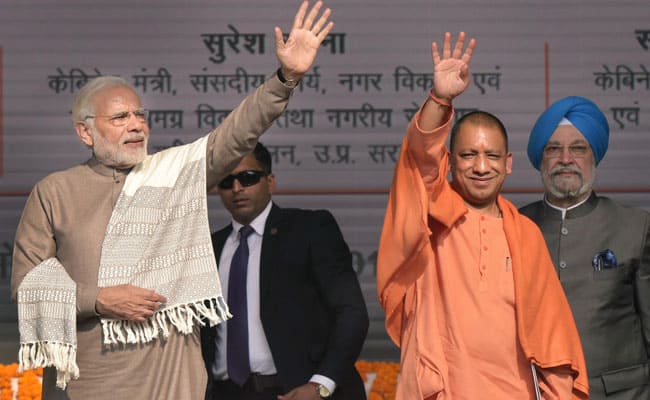India’s general elections are enormously complex. Analysis of the 2019 battle revolves around many variables: the issue of leadership; the state of alliances on both sides; the political fault-lines in each state; and the micro-caste dynamics and voting patterns in each constituency.
But at another level, the outcome of 2019 will hinge on one basic question: how will the Bharatiya Janata Party perform in Uttar Pradesh? The answer to that single question will determine if India will once again have a majority government of the BJP; a coalition government led by a BJP which does not have a majority on its own; or a government of the non-BJP parties.
UP has always enjoyed disproportionate influence in Indian politics because of its size, demographic composition, share of Lok Sabha seats, and the leadership pool it has sent to national politics. BJP’s rise and fall in Delhi has coincided with how it has fared in the state. And that is why UP mattered so much to the BJP in 2014.
Its success in the state — it won 71 seats of its own and 73 with allies out of 80 — made all the difference and helped the BJP become the single largest party and have a majority on its own (the first time in 30 years a government had one). Its success in the 2017 elections only bolstered its hold over political imagination and institutions of the state.
But 2019 is neither 2017 nor 2014. Two facts have changed. The BJP, instead of being the challenger, is now the incumbent. Instead of a fragmented opposition, it now faces a united opposition and the impact of the alliance between Samajwadi Party-Bahujan Samaj Party and the Rashtriya Lok Dal was visible in Gorakhpur, Phulpur and Kairana bypolls. The BJP is aware of the scale of challenge at hand.
It is hoping to neutralise this with a fourfold strategy. One, it will bank on Narendra Modi’s image and the absence of a clear Prime Ministerial challenger in the opposition ranks. Two, it will hope that central welfare schemes, particularly rural housing and gas cylinders, will expand its vote base.
There, it believes that the increasing fervour around Ram Temple and Hindutva issues will mobilise the ‘Hindu vote’. And four, the BJP is doing what it has so skilfully done under Amit Shah, with a sharp focus on organisational activities, work at the booth level, and relentless public outreach through all methods including new technologies. Whether all this will be enough for the party to retain its dominance, or at the very least, minimise its losses in the state will determine who governs India in 2019.

